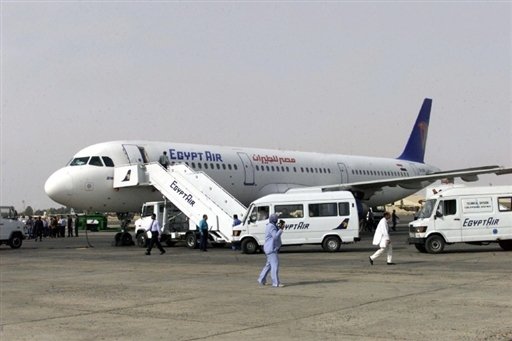We prefer to be imprisoned rather than have the syndicate’s freedom violated: Qalash
https://youtu.be/AjU0EOJYHQY
Egypt to save $1tn through establishing solar thermal power plants by 2050: El-Nokrashy
The president is excited to establish renewable energy projects, considering them future…
Nubians reportedly agree to disperse protest with preconditions
MP Mostafa Bakry said the protestors will not be followed by security…
Al-Sisi attends Arab-African Summit in Guinea amid Moroccan withdrawal
Morocco and several Gulf countries withdrew from the summit due to the…
Over 300 signatures in solidarity statement with syndicates, workers
NGOs, political parties, and public figures decried oppression on press, doctors syndicates…
Egyptian airports register 29% decrease in passengers during first 10 months of 2016
Sharm El-Sheikh International airport witnessed the largest decline, as 2015 Russian aeroplane…
Health Committee to summon HoldiPharma officials to review development plans next week
Medicine shortage has been exacerbated by negligence of domestic medicine production; most…
Exchange rate semi-stable at CBE, banks on Wednesday
At banks on Wednesday, the US dollar changed hands at EGP 17-17.5…









